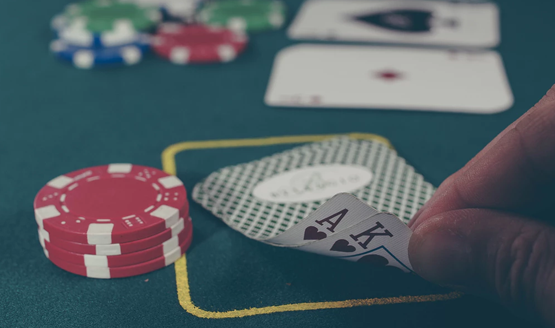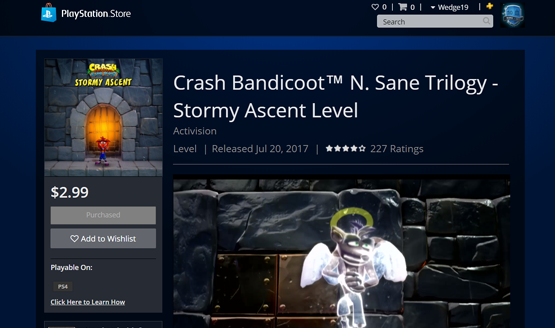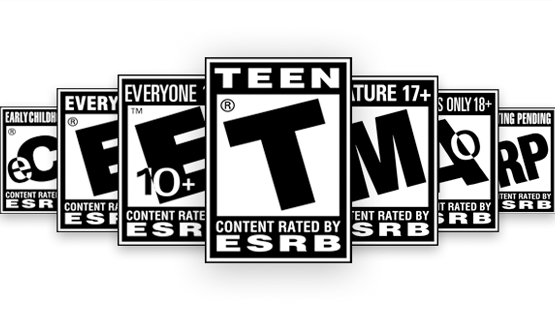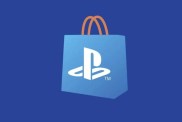Microtransactions have been a thorn in the side of gamers ever since Oblivion’s infamous horse armor released in April of 2006. While this certainly wasn’t the start of paid add-ons and monetization in games, the prevalence on consoles thrust the issue into a whole new light. Monetization in video games has expanded dramatically over the last 12 years, but there again, so have games. Developers must balance on the unfavorably narrow edge of ensuring that their projects are profitable while also keeping gamers (who are notoriously prone to being unhappy) happy.
Players were pushed just a little too far at the end of 2017 when Star Wars Battlefront 2 offered loot boxes for sale containing items that impacted gameplay. The cross-section of randomized loot box rewards and pay-to-win mechanics was too much for gamers to handle. They sounded the alarm again, but this time their message reached a lot farther than it ever had before. Likely owing to the prominent Star Wars name, the message was parroted beyond the usual circle of gamers upset by loot boxes and other microtransactions.
The conversation since November has been a constant back and forth of various governments and gaming industry entities talking about their own opinions on the issue. Discussion mostly surrounds the random chance and gambling mechanics of loot boxes. Here’s the big question: is it considered gambling to pay money for a grab bag of in-game items? No monetary return means that each item has value only inherent to the game, so regardless of its rarity or implied value, companies have argued that paying for loot boxes equals a purchased transaction and not a gamble by legally enforceable definitions. And like it or not, those companies are right. Gambling laws are woefully outdated, so developers can usually circumvent antiquated wording that fails to account for the internet age.

If developers weren’t right in arguing that point, they would have been held legally accountable long ago. The issue, however, has little to do with the monetary reward. It’s about addiction, and preying on those prone to fall into psychological marketing traps. In response, representatives are currently trying to get legislation passed that would provide restrictions and limitations on games with gambling mechanics present in them.
Whatever your feelings on whether or not “no monetary return” can get around gambling laws, there’s no denying that the mechanics inherent to loot boxes in games target addictive personalities and fear of missing out. Even those that are strictly cosmetic in nature are psychologically designed with a hook in mind. It’s all about luring players to make a purchase, but so to are flashy advertisements and bright packaging, so we’re treading an exceptionally grey area between clever marketing schemes and gambling.
The ESRB Loot Box Labeling, and Why It’s Not Enough
After pressure from a U.S. Senator, the ESRB has agreed to add messaging to game labels indicating when in-game purchase options are present. Here’s the relevant bit from the announcement:
This label, or as we call it interactive element, will appear on boxes (and where those games can be downloaded) for all games that offer the ability to purchase digital goods of premiums with real world currency. This includes features like bonus levels, skins, surprise items (such as item packs, loot boxes, mystery awards), music, virtual coins and other forms of in-game currency, subscriptions, season passes, upgrades (e.g., to disable ads) and more.
Such a broad catchall fails to note the core of the issue, given that nearly every single game available features some form of post-launch monetization. Even if it doesn’t feature loot box mechanics that target that exciting endorphin-releasing part of the brain, it might have a small expansion or additional level or character. Even the Crash Bandicoot N.Sane Trilogy would require this label, because it features one of the lost levels as a small purchasable add-on.
The most players could ever spend on post-launch content in the N.Sane Trilogy is $2.99 for Stormy Ascent, a level that isn’t even pushed heavily through central mechanics in the game. In Overwatch, Destiny 2, Fortnite, or any other number of popular games with loot boxes, players could feasibly spend until their bank accounts were dry, and the push to purchase is billboarded and easily accessible. Including both categories under the same label is not only unfair to games with simple and limited add-ons, but also fails to represent the potentially extreme nature of in-game transactions built into other games. It’s doing nothing more than pointing out the obvious of many games now having post-launch purchase options.

Keep in mind that the actual ratings descriptors for games do feature a number of divisions. Alcohol is included within “Alcohol Reference” and “Use of Alcohol,” both of which are separate from various descriptors for drugs, tobacco, sexual content, numerous sub categories of violence, and even different content descriptors based on the severity and frequency of explicit language (in addition, every descriptor can have the term “mild” added to it to indicate low frequency or severity of that content). If the ESRB can have nine separate descriptors for sexual content and eight divisions for types of violence, why does every category of post-purchase content get lumped into a single category?
In fact, “Real Gambling” is an existing content descriptor that instantly makes a game have an AO (Adults Only) rating. It means “Player can gamble, including betting or wagering real cash or currency.” A bet or a wager requires the ability to either come out ahead or lose the money being gambled without any payout, so loot boxes technically don’t fall under this because they always pay out something, even if it’s not the content players want. You can’t open a loot box and get nothing, and there’s no individual market value for the contents of a loot box that makes one random draw more valuable than another. Value is simply ascribed by player desire which is wholly subjective. Again, it’s all clever and specific wording that developers and publishers were aware of long before implementing loot boxes in games.
The ESRB loot box labeling also doesn’t factor into a game’s rating, so there’s no incentive for developers to try to avoid the label if they want to market to a broader audience. Destiny, for example, was specifically targeted as a T (Teen) rated game by Bungie, which limited the graphic content that they could put in their game to avoid an M (Mature) rating. If loot boxes meant an M-rating, it would have prevented Bungie from adding them into their game. E (Everyone) rated games can feasibly have the same level of predatory loot box transactions as an M (Mature) rated game, and a simple label isn’t going to change the industry without actually making some, you know, changes!
The ESRB needs to step up and make strong distinctions about in-game purchase options, educating potential players (and purchasers) about what video games can charge you for. I’m not particularly against microtransactions, DLC, loot boxes, and the like, but I’m in full support of additional education that helps other people make learned decisions about what may or may not be good for them. If someone knows they are particularly prone to the psychologically addicting draw of loot boxes, having a label to help them quickly see that a game has that content would be useful, while also not turning them away from games like the Crash Bandicoot N.Sane Trilogy that don’t feature aggressive monetization of features.
I see two outcomes. Either the labeling scares people away from benign games without aggressive features, or it gets ignored as something that is too broad to be at all useful. I lean towards the latter being more likely.

We’d be foolish to think that post-release monetization is going anywhere. Activision Blizzard reported over $4 billion earned–more than half of their total revenue stream in 2017–from in-game purchases beyond the simple cost of the game. A few people taking to Twitter about loot boxes aren’t ever going to speak louder than financial records showing the profitability of continued game support after launch. What the industry can do is create regulations that provide for clearer messaging and education, in addition to setting boundaries so that developers don’t overstep and create aggressive systems that take advantage of gamers.
To be fair, the ESRB has expressed their intention of continuing the conversation and refining as needed. “This is the first step of many! We’ll continue to discuss how to further enhance our rating system with publishers, developers, gamers and especially parents, and we’ll continue to make adjustments as the need arises.” Well ESRB, the need has arisen, so let’s make a few more adjustments to make sure the system actually works instead of positioning labeling as a useless platitude that does nothing to solve the problem.








